A Case Study By Susanmarie Grace Oddo, Life Coach, SWITZERLAND
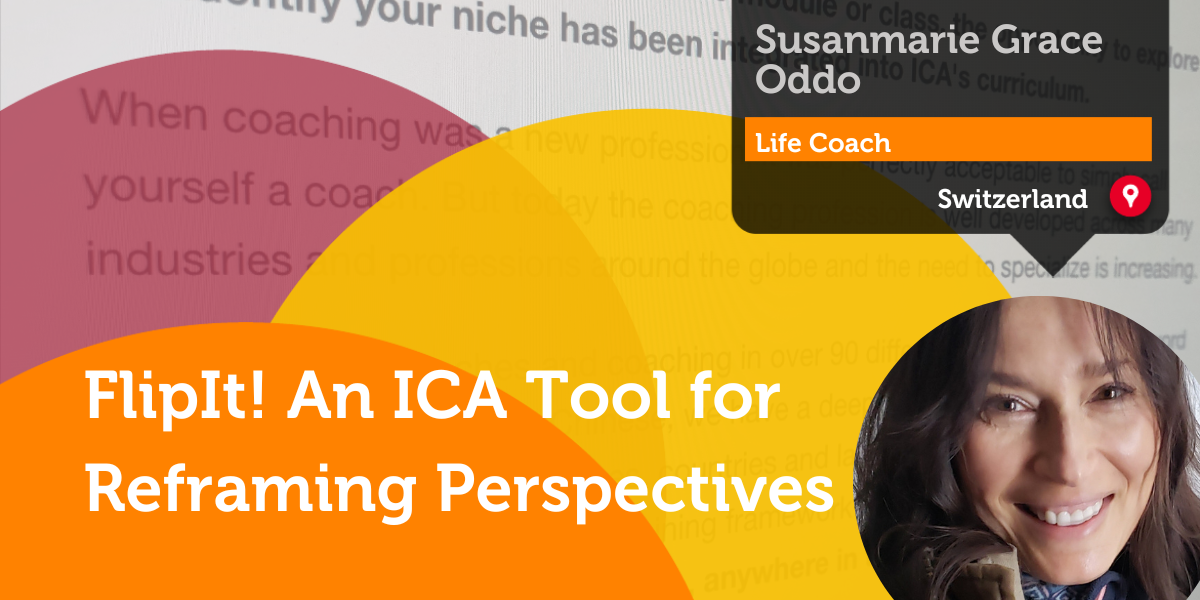
FlipIt! An ICA Tool for Reframing Perspectives

My client’s name is Kris, she is a paying client who I have been working with for several weeks. A strong visual artist, Kris struggles with articulation; often sketching out her ideas and solutions during her coaching sessions. Upon learning and hearing that she learns better visually, I shared with her the FlipIt! Power Tool as a possibility for a future session. Kris was immediately receptive, and suggested that we utilize the FlipIt! tool for our next session.
The Challenge at the NEXT Session
The focus Kris brought to the next session was to unpack strategies to increase her joy and carefree engagement during her evening walks. Kris explained thoughts of work often spill over into her evening walks, occupying her mind. She specifically wanted strategies to become more mindful and present during these walks. How would she address this challenge during her coaching session?
STEP 1: Find It
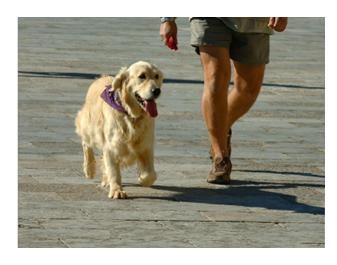
Think about an issue or challenge that you are having in your life (and one you feel comfortable sharing in the forum). (2023, International Coaching Academy)
At our next session, Kris began by carefully reviewing the image Cards that best represented her focus, which was to increase her joy and carefree engagement during her evening walks. She carefully selected one image. Kris was not limited to a single image but selected to stick with a single image for “Find It” that she felt strongly represented the mindfulness and presence she desired during her evening walks.
STEP 2: Feel It (2023, International Coach Academy)
How do you feel about this issue?

Kris explained that this was the way she wanted to feel, like the dog. From the “I feel…” card Kris selected EXCITED for how she would want to feel and EXHAUSTED for how she was feeling. From the “I value…” card she selected PEACE, FUN, LIFE, HAPPINESS, AND HARMONY. Kris added that the dog (from the Image Cards) was in the moment smiling, enjoying the sounds, smells, and scents of the walk, and certainly not ruminating about his day in the office. Kris shared, with great animation, “I want that, I want the mindfulness of this dog in my evening walk!” She wanted to move from EXHAUSTED to EXCITED and restore the PEACE, FUN, LIFE, HAPPINESS, and HARMONY she once embodied during her evening walks.
Kris explained that she felt like she was unable to stay focused during her walks, robbing herself of an activity for mindfulness. Plus she shared, “I am not seeing my neighborhood.” Kris explained that she doesn’t even remember her walk, like the flowers, holiday decor, and home styles that she used to enjoy. She mentioned that when she returns to her own home from her evening walk she feels even more stressed out when she’s done. “I feel robbed.” In addition, she mentioned she sometimes doesn’t even remember the walk itself when she returns as she was so focused on thoughts of work.
STEP 3: Frame It (2023, International Coach Academy)
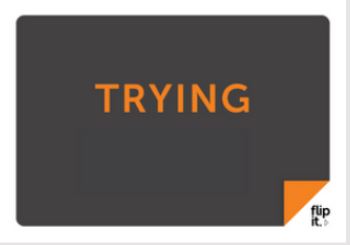
Identify your current perspective.
When I shared the Frame It cards Kris selected this one:
Kris shared that she is “trying and tying” but digging deeper she admitted that aside from wanting more mindfulness on her walks she had not implemented any strategies. Admittedly Kris shared, “I want to be more present but I don’t do anything about it. I just replay my day like I’m in the movie GroundHog Day”. When I asked her what she would describe as a successful walk she lit up describing her walks of the past as vibrant, enjoyable, and peaceful. She described her past self as being more in the moment, but that as she shared was before going back to work full-time, which has since “consumed me.”

I asked Kris if she would like to read the definition of the word trying or if she would like me to read it. She selected to read it aloud.
It was as if a lightbulb went off for Kris, who realized she was making an attempt, by sharing her wish for her growth without the intention to hold herself accountable. After a few minutes, she paused long enough that I knew it was time. I asked her permission to flip the card, making sure she was ready and I was not moving ahead prematurely. Once I gave the client the space she selected the time to Flipit!
STEP 4: FlipIt (2023, International Coach Academy)
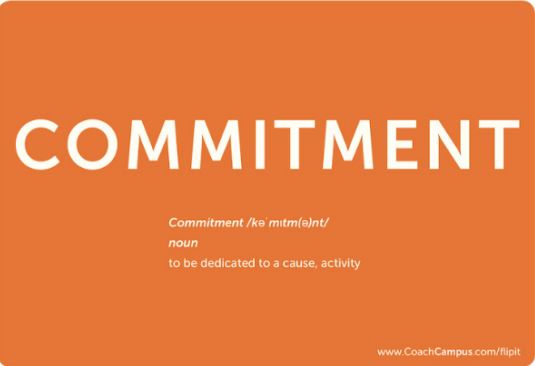
What changes if you flip this perspective?
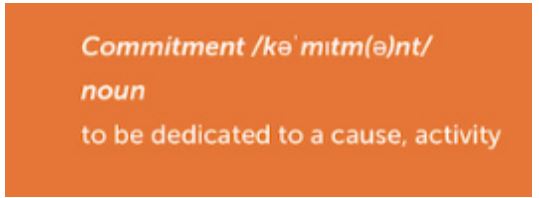
Without missing a beat Kris read this card and its definition. It was as if a light bulb went off, and for seemingly the first time Kris said, “OMG, I need to commit and stop trying!!!” We explored the action steps she felt she needed to reach her goal of commitment. She explained that she has been doing breathwork to stay present and would work with her breath to refocus her mindset from the past (work) to the present (the walk). This was her strategy, and she spent time reviewing in detail how this would help her succeed when obstacles would appear.
“I will begin and end each walk with my breathwork.” Kris went on to explain that whenever she found her mind wandering she would also use it as an opportunity to bring it back to her breath. Jokingly she remarked that she would be doing breathwork a lot. What struck me is that Kris possessed the answer and skillset all along, and FlipIt! helped her to solidify it in a concise way. This was new for Kris. The image and word cards gave her focus, direction, and purpose. She never trailed off and progressed to her action steps much quicker and much more thoughtfully – a winning combination! It was our highest-quality coaching session, and I did very little talking.
This was a good example of the magic that happens when we give our clients the space they need to process, formulate, and suggest their own solutions. I had no idea Kris was working on breathwork, and this single strategy seemed to resonate with her very deeply. Kris talked in detail about what this would look like, and laughed as she said, “I’ll take my dog with me as an accountability partner.”
After our session, I began to research mindful walking. As it turns out it is a thing! The article, which I have linked below, that I wish to focus on is called, What Is Mindful Walking, and How Can It Improve Your Health? (2023, Candace Nelson, MS, CN) Mindful Walking
The part that struck me, especially after my session with Kris read:
Mindfulness is being aware of the body, mind, emotions, and environment. Mindful activities are commonly recommended as a form of self-care, including mindful walking. Mindful walking is an opportunity to just focus on your breath, your step, and the world around you. Doing that brings you back to the present so you’re not worried about the future or ruminating about the past. (2023, Nelson for GoodRx Health)
Since Kris is one of my clients who welcomes resources, I asked her permission to send her this article. Afterward, she thanked me, sharing it was validation of her strategy (breathwork) and proof that she is certainly not alone. In all honesty, it was a good reminder for me, as my walks do sometimes shift from present to past. Our clients teach us much, especially how to stay present in our coaching session and in this case an added bonus of how to stay present during my own evening walks.
Benefit From Flipit!
At our next session, we began with celebrations!
A word on celebrations. So often we have tunnel vision, focused on the coaching agreement we forget by the next sessions the journey our clients have embarked on. And what about ourselves? Look at where we have journeyed from, our first class at International Coach Academy (ICA) to this moment today, when we are putting together our graduation checklists. Take a moment not only to celebrate your clients but also your own personal journey!
I have realized that if you can find the time to briefly celebrate it is a wonderful way to acknowledge your recurring clients. In addition, I have discovered many clients enjoy sharing their “updates” with you before moving on to the next topic. This brief moment to celebrate encourages a mindful moment for both the client and the coach.
Kris shared during her celebration that her evening walks are NOW mindful gifts, and she is finally enjoying her walks with the presence she has desired for years. As she was celebrating, which lasted about 2-3 minutes I could not help but notice her energy. Kris was the most energetic self I had witnessed in our time together. I acknowledged her successes and her energy. Kris has successfully increased her joy and carefree engagement during her evening walks, and her breathwork strategy has become a daily practice throughout the day both at work and at play. “My dog also seems happier too as I am enjoying our walk and no longer pulling on the leash in a rushed state.” We concluded that pets would make great coaches, and then we began our session. Kris requested we start with breathwork and then use FlipIt! cards, and so we began.
After the session, I decided to research how many of us are visual learners, and the findings were shocking! According to Work Life by Atlassian:
Research has found that 65 percent of the general population are visual learners, meaning they need to see information in order to retain it. Visuals add a component to communication that written and verbal methods do not: speed. Studies have shown that the brain can process images and videos 60,000 times faster than text, making image-based communication remarkably valuable. (2018, Alexander, Tom)
Wait, what?! A whopping 65 percent of us are visual learners! This article got me thinking that with so many visual learners it makes great sense to utilize FlipIt! That statistic of 65 percent sat with me for a long time. It also suggested that the learning style survey I have my high school students take would be beneficial for clients who are interested. There are a plethora of learning style surveys Online, but in my experience as an educator, the ones that focus on MODALITY, VISUAL, AUDITORY, and KINESTHETIC learning styles are the surveys that are most concise and accurate. The best learning surveys come with learning suggestions for each learning style, along with a brief section on challenging situations each learner may face. Think about the power of finding out who our visual learners are in our client pool, and how powerful FlipIt! can be for them especially!
In conclusion, I can say with great confidence that the FlipIt! Power Tools helped Kris, who as mentioned earlier, struggles with articulation break free of language shackles.

This was something she was self-conscious of, and as a result, it held her back. Kris’ struggle became an obstacle for our sessions in a way I did not realize until our FlipIt! breakthrough.
It was a sobering reminder to me as a coach that one size does not fit all. Power Tools can help clients break glass ceilings, freeing their vocabulary. This client was living proof that both visuals and word cards transcend especially for visual learners. As coaches, it is our responsibility to familiarize ourselves with the power of Power Tools, as they may be the key that unlocks new potential for our clients.
After my research when I learned that 65 percent of us are visual learners, it is also a reminder that many of our clients can benefit from FlipIt! As the FlipIt! the video stated on the International Coach Academy (ICA) website, that this tool encourages one to get from a “disempowering perspective to an empowering perspective.” The video helps us see that, “We can change the way we see or perceive it!” What an empowering tool for our clients.